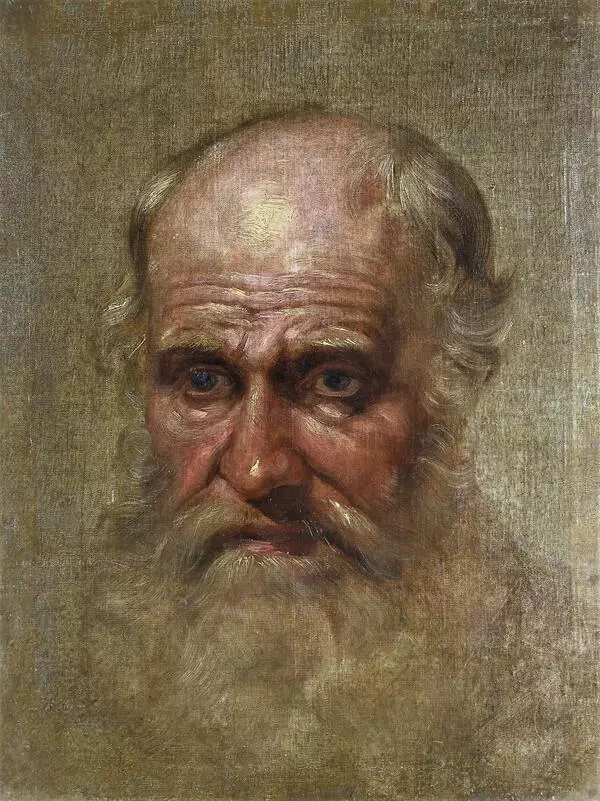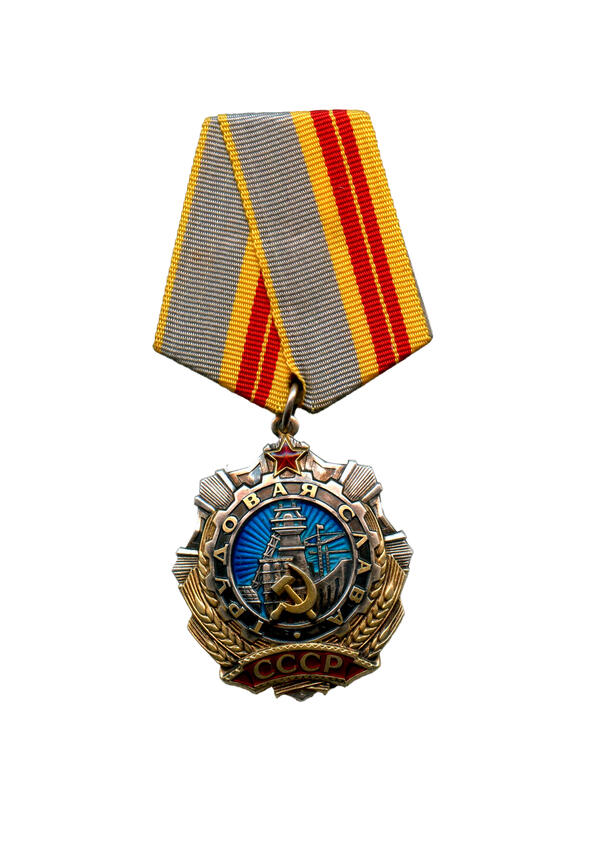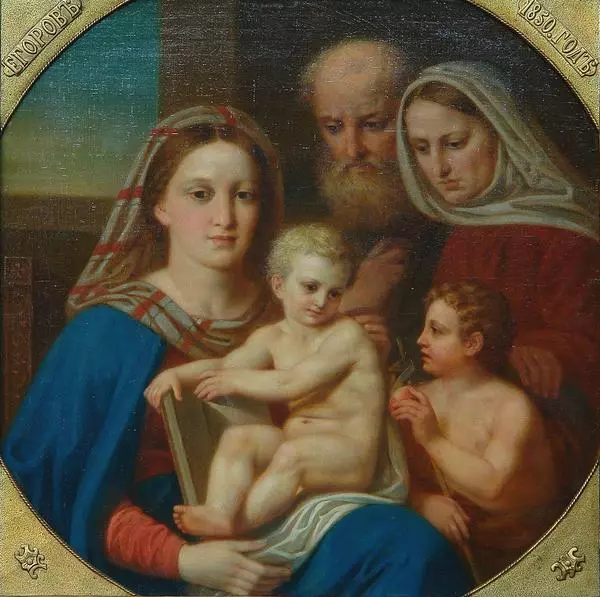The exhibition of the Irbit State Museum of Fine Arts features an 1814 etching by Alexei Egorovich Egorov, “The Liberation of the Apostle Peter from Prison”.
The Liberation of the Apostle Peter from Prison
Put on your clothes and sandals. Wrap your cloak around you and follow me.” When Peter came to himself, he said, “Now I know without a doubt that the Lord has sent His angel and rescued me from Herod’s clutches and from everything the Jewish people were hoping would happen.”
The print is characterized by a beautiful drawing, elegance, and at the same time, attention to detail. Alexei Egorov was able to accurately portray the features of human anatomy and create well-arranged compositions. He used to say to his students, “Drawing is a science. It is as precise as algebra. Master the antique beauty of the human body.” In a traditional way, some elements in this composition are typical of the story of the liberation of the apostle Peter and can be found in the works of other artists. These features include a sleeping guard, a barred window, shackles, chains, an angel, and a prisoner with a halo (the sign of a holy person).
Alexei Egorovich Egorov was a deeply religious man
who drew inspiration from the Bible. He created several famous religious paintings,
including “The Appearance of Christ to Mary Magdalene” and “The Descent of the
Holy Spirit on the Apostles”. In 1812, he was recognized as an expert in
historical painting and was awarded the title of professor. In 1814, he
completed his masterpiece “The Torture of the Savior” which was considered his
best work by his contemporaries. Egorov often received commissions from St. Petersburg
nobility to paint their portraits, but he usually declined. His main goal was to
illustrate the Bible and glorify God’s word.







